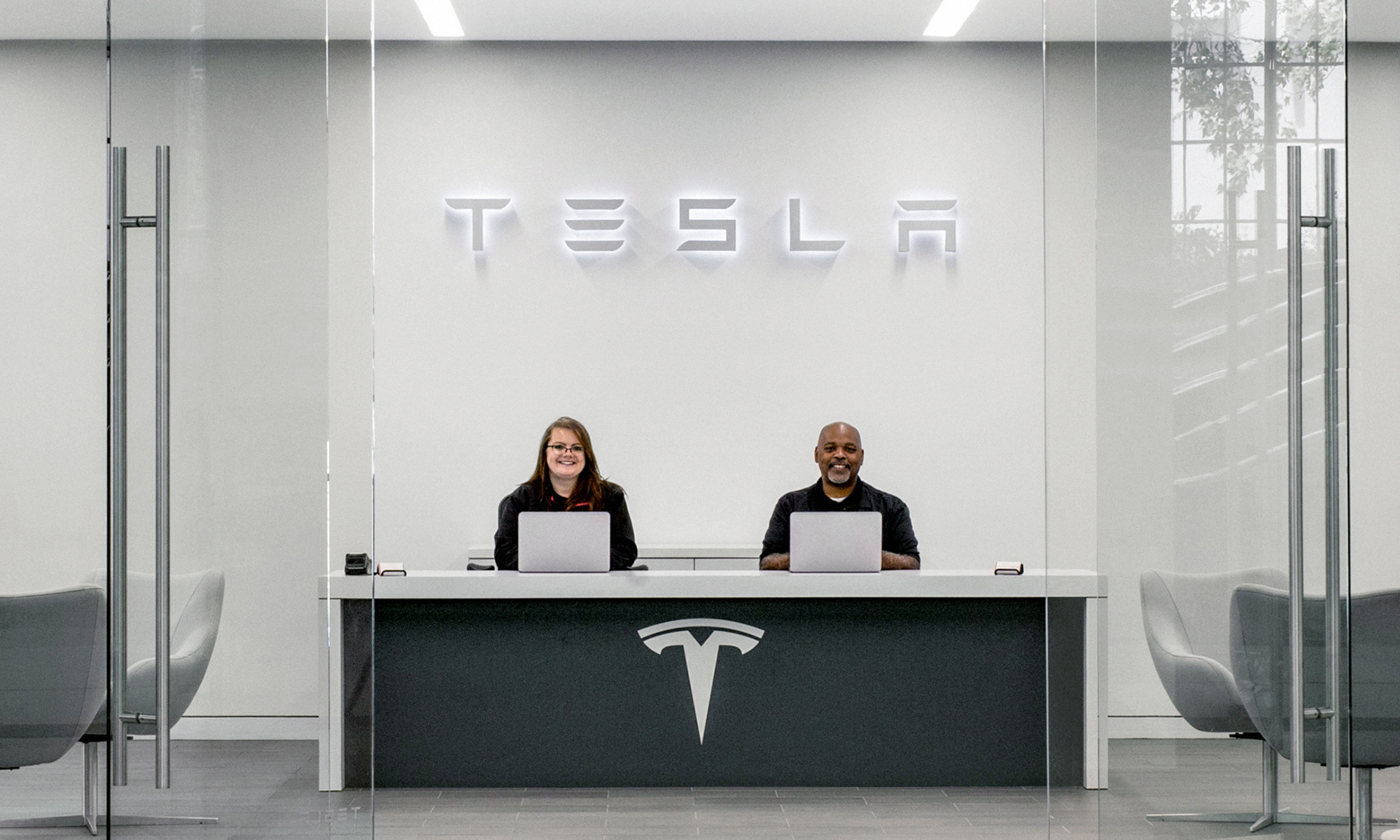Bloomberg's Model 3 production tracker, which attempts to measure the progress Tesla (TSLA 2.62%) is making on production ramp-up by using Vehicle Identification Numbers (VINs), has received lots of attention in the media. Though it's not perfect, it's a good tool for keeping an eye on the trajectory of the electric-car maker's Model 3 production, as Tesla aims to go from producing 1,000 vehicles per week at the end of the fourth quarter to 5,000 vehicles per week in about three months.
Recently, Bloomberg's Model 3 tracker highlighted a huge jump in production, making the vehicle the best-selling electric vehicle in the United States during the first quarter, even outselling Toyota's popular hybrid, the Prius Prime. And the story got even more interesting this week, when Bloomberg's tracker estimated Tesla's Model 3 production rate at just under 2,400 units per week -- an impressive volume considering Bloomberg's model may lag Tesla's actual Model 3 production.

Tesla vehicle production. Image source: Author.
Rapidly rising Model 3 production
It's not news that Tesla's Model 3 production has jumped sharply. The automaker said in its update on deliveries and production earlier this month that its weekly production rate by the end of the quarter had risen to about 2,000 vehicles per week, up from a weekly rate of about 1,000 vehicles per week three months earlier.
But Bloomberg's estimate that Tesla has now reached a production rate of 2,400 units per week is notable. Not only is this a meaningfully higher rate than at the end of Q1, but it also implies that the 2,020 Model 3 units Tesla produced in the seven days leading up to April 3 weren't just the result of a temporary, quarter-end push.

Model 3. Image source: Tesla.
In the company's first-quarter update on deliveries and production, management attempted to downplay any notions that achieving a production rate of over 2,000 units per week was temporary. It highlighted its expectations of sustaining this rate in the seven days following the press release, while achieving the same production rate for the Model S and X combined. Furthermore, management said it expected to achieve a production rate of 5,000 units per week in about three months.
Bloomberg's estimate that Model 3 production has hit about 2,400 units per week is another sign that Tesla's recent jump in Model 3 production is here to stay.
Time to take Tesla at face value?
After delaying Model 3 production targets twice, investors had good reason to exercise a heavy dose of skepticism when considering Tesla's forecasts. But between the company's rapidly rising production and management's willingness to maintain its target of producing 5,000 units per week by this summer, it may be time for investors to give more weight to the automaker's aggressive forecasts.
It wouldn't be the first time Tesla proved naysayers wrong about its wild forecasts. In the summer of 2012, when Tesla was only delivering about 500 Roadster units per quarter, management guided for about 20,000 Model S deliveries in 2013. After a worse-than-expected start to Model S deliveries, when management missed its quarterly guidance for the fourth quarter of 2012, total Model S deliveries surged to about 22,400 units in 2013 -- above its initial guidance for the year. The deliveries were up hugely from Tesla's approximately 4,700 total vehicle deliveries in 2012.
While Tesla could still easily miss its target for a production rate of 5,000 units per week in about three months, the automaker's recent performance has undoubtedly given investors reason to think it can come close. But I won't be taking Tesla's forecasts at face value yet. After all, even Tesla's first-quarter Model 3 production fell short of management's forecast: The automaker wrapped up the quarter producing about 2,000 vehicles per week -- 500 units below its target rate.






